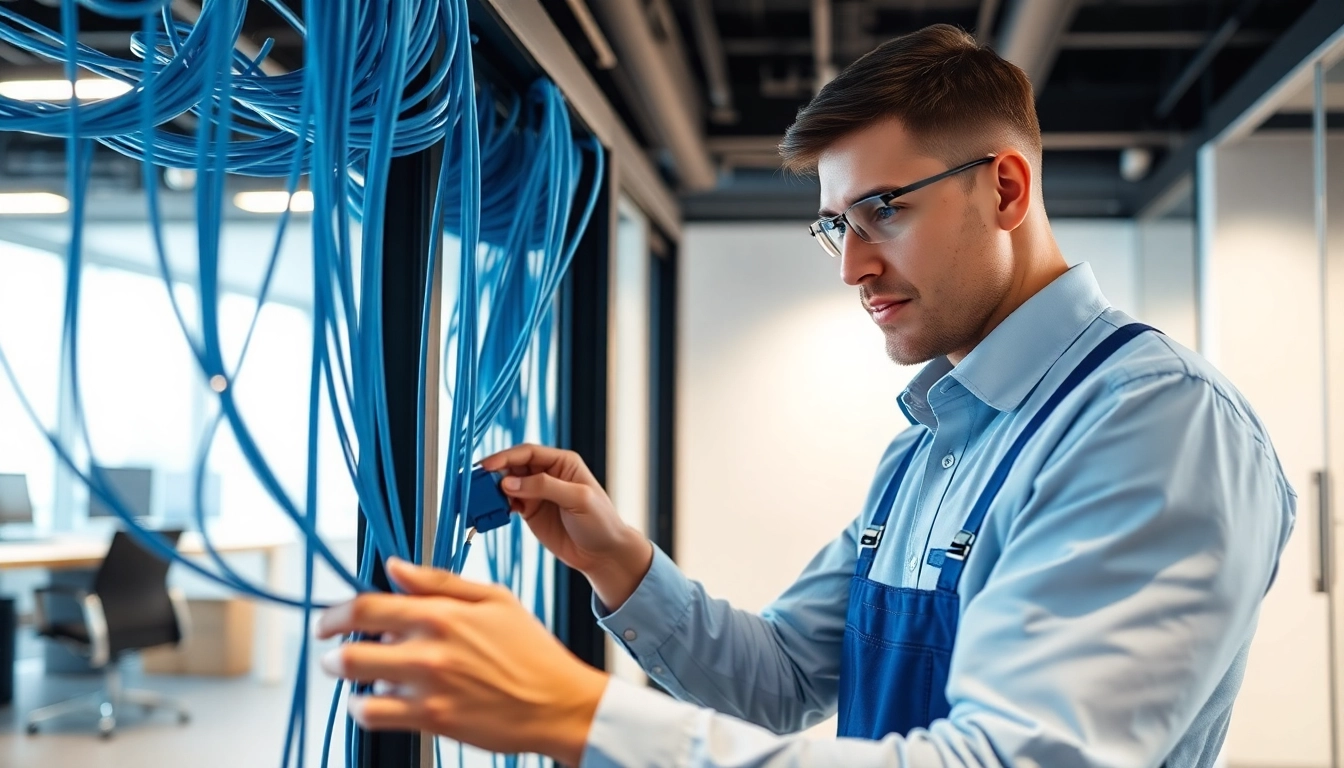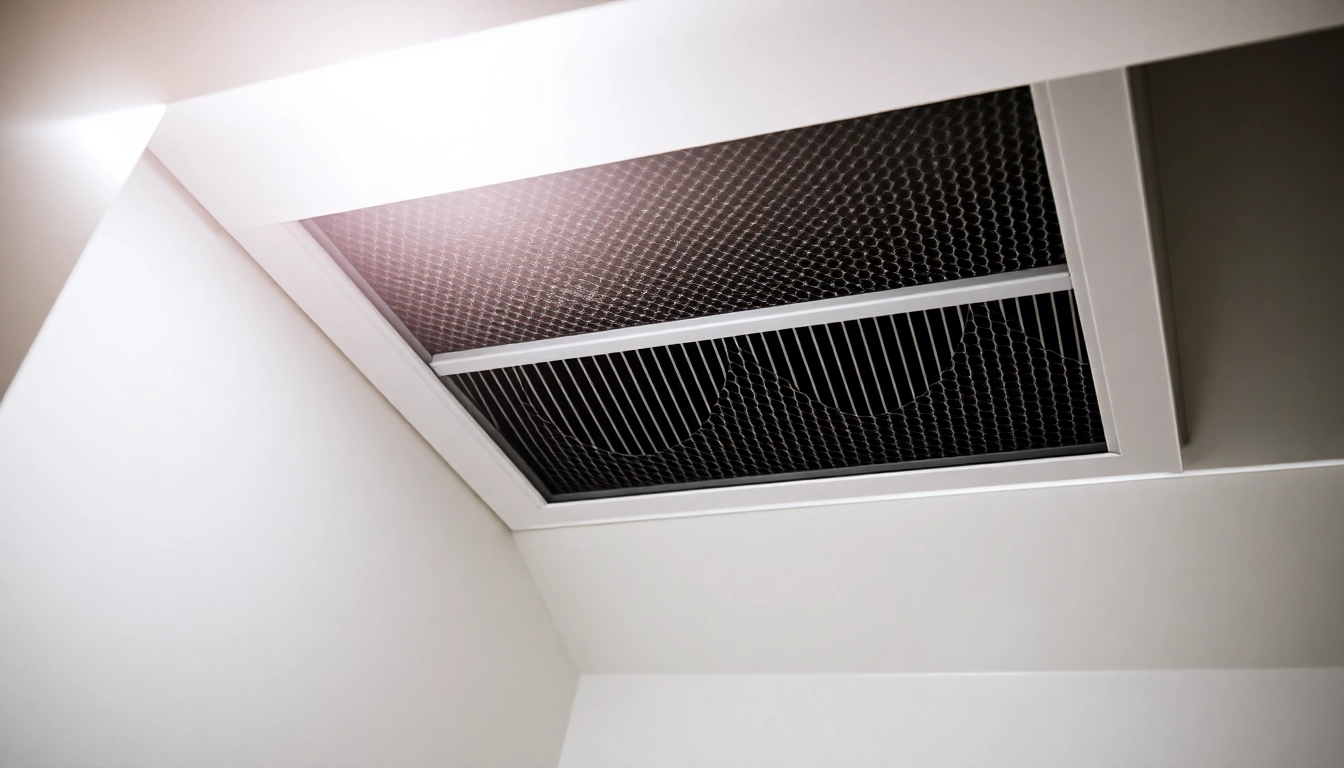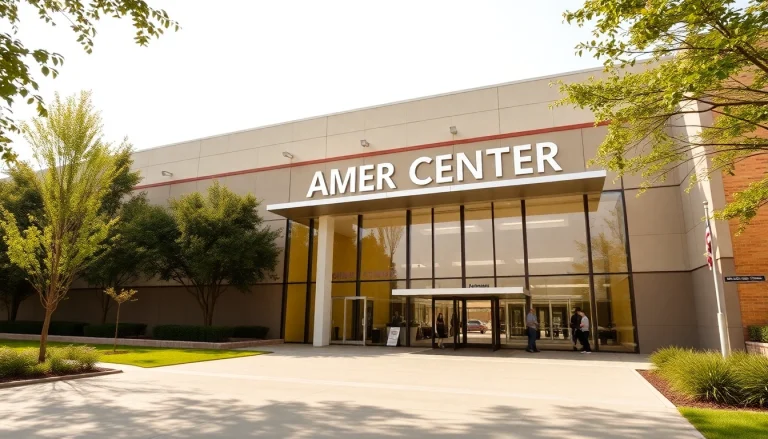
Understanding Data Cable Installation Services
In our increasingly connected world, data cable installation services are essential for establishing reliable communication networks. Whether it’s for residential, commercial, or industrial purposes, professional installation ensures optimal connectivity and system performance. This article explores the nuances of Data Cable Installation service, delving into its definition, types, the importance of professional work, and much more.
What is Data Cable Installation?
Data cable installation entails the process of setting up physical cables that enable the transmission of data between devices. This service is pivotal in setting up local area networks (LANs), wide area networks (WANs), and connecting devices such as computers, routers, and servers. The process involves careful planning, installation, and configuration to ensure efficient data flow and minimal interference. From the initial site assessment to the testing of installed cables, each step is crucial for achieving a robust network environment.
Types of Data Cables Used
Data cable installation utilizes a variety of cable types, each engineered for specific applications. Understanding these types is vital for selecting the right cable for your network needs. Here are some commonly used data cables:
- Cat5e Cables: Designed for transmitting data at speeds up to 1 Gbps over distances of up to 100 meters. Ideal for most residential and small business networks.
- Cat6 Cables: Designed to support higher speeds (up to 10 Gbps) for short distances, offering better performance than Cat5e in environments with heavy usage.
- Cat6a Cables: An improved version of Cat6, capable of supporting 10 Gbps across a longer distance (up to 100 meters), making it suitable for data centers or high-traffic environments.
- Fiber Optic Cables: Using light to transmit data, these cables offer ultra-fast connectivity over long distances while being immune to electromagnetic interference. They are perfect for high-bandwidth applications.
Importance of Professional Installation
While DIY projects may seem cost-effective, the complexities involved in data cable installation necessitate professional expertise. A proficient installation ensures that:
- The correct type of cable is used for the specific application.
- Cables are installed without the risk of future connectivity issues.
- Compliance with local codes and standards is maintained.
Professional installers also provide warranties on their work, adding a layer of reliability and security to your investment.
Benefits of Choosing Our Data Cable Installation Services
Engaging with professional data cable installation services offers numerous advantages that can significantly enhance your network capabilities. Let’s explore some key benefits.
Enhanced Network Performance
One of the most significant benefits of professional data cable installation is improved network performance. Proper cable selection and installation techniques can minimize latency, reduce errors, and enhance overall network speed. Using high-quality, appropriately rated cables ensures that data can be transmitted efficiently across the network, providing users with seamless access to resources.
Cost-Effectiveness of Professional Services
Investing in professional installation may seem higher upfront, but over time, it proves to be cost-effective. Professional installers have the expertise to implement solutions that prevent future disruptions, which can be far more disruptive and costly than the initial installation. Choosing the right components and ensuring proper installation from the start eliminates the need for frequent repairs and replacements.
Long-Term Reliability and Support
Another advantage of hiring professional services is the long-term support and maintenance that often come with the service. Clients benefit from ongoing assistance to troubleshoot and resolve issues promptly, ensuring that their networks continue to operate at peak performance. Many companies also offer performance audits and assessments to identify future needs and potential upgrades.
How to Choose the Right Data Cable Installation Provider
Selecting the right data cable installation provider is crucial for achieving your connectivity goals. The following tips will guide you in making an informed decision.
Key Qualities to Look For
When evaluating potential installers, keep an eye out for these key qualities:
- Experience: Look for providers with a proven track record in successful installations. Their experience is indicative of their ability to handle various project scales and complexity.
- Certifications: Ensure that the installation team has the requisite certifications from recognized organizations, which validates their expertise.
- Customer Reviews: Check online reviews and seek testimonials to gauge past performance and customer satisfaction levels.
- Transparent Pricing: A reliable provider should offer clear quotes with no hidden fees.
Questions to Ask Prospective Installers
When interviewing potential installation providers, consider asking the following questions:
- What type of experience do you have with installations similar to mine?
- Can you provide references from your previous clients?
- What warranties do you offer on your installation work?
- How do you ensure compliance with local regulations?
Understanding Quotes and Estimates
It’s essential to request detailed quotes from different providers. A comprehensive quote should include:
- Type and amount of cabling required.
- Labor costs and the timeline for project completion.
- Any additional materials needed for installation.
Understanding the breakdown of costs will help you identify reasonable pricing and prevent surprises later.
Common Challenges in Data Cable Installation
Even with professionals, data cable installation can encounter challenges. Awareness of these potential roadblocks can help in addressing them effectively.
Identifying Potential Installation Issues
Common issues include physical obstacles in the building structure, improper cable placement, and interference from existing wiring. Professionals can conduct thorough site assessments to identify these issues before they cause delays.
Compliance with Local Regulations
Local building codes and regulations can affect the installation process. Professional installers are knowledgeable about these regulations and ensure compliance to avoid costly fines and rework.
Ensuring Future-Proofing
Technology evolves rapidly, and businesses need to plan for future expansions or upgrades. Installing scalable solutions now can save significant time and resources later. This foresight involves selecting cables and infrastructure capable of supporting future technologies, such as higher-speed networks.
Measuring Success After Data Cable Installation
Once the installation is completed, measuring its success is critical to ensuring it meets the intended objectives. Here are ways to evaluate network performance.
Performance Metrics for Your Network
Network performance metrics can indicate the success of the installation. Important metrics to track include:
- Data Transfer Speeds: Measurements of speed will inform you whether the network operates at the desired performance level.
- Latency: Low latency indicates a responsive network, essential for real-time applications.
- Uptime: High uptime percentages reflect reliability and consistent access to network resources.
Post-Installation Support and Maintenance
Even after installation, ongoing support is vital. Establishing a relationship with your provider for maintenance can ensure that the network remains optimized and can quickly respond to any issues that arise.
Client Testimonials and Case Studies
Gaining insights from real client experiences solidifies the reputation of your installation provider. Case studies can demonstrate how other companies have benefited from similar installations, providing context and expectations for your specific needs.





